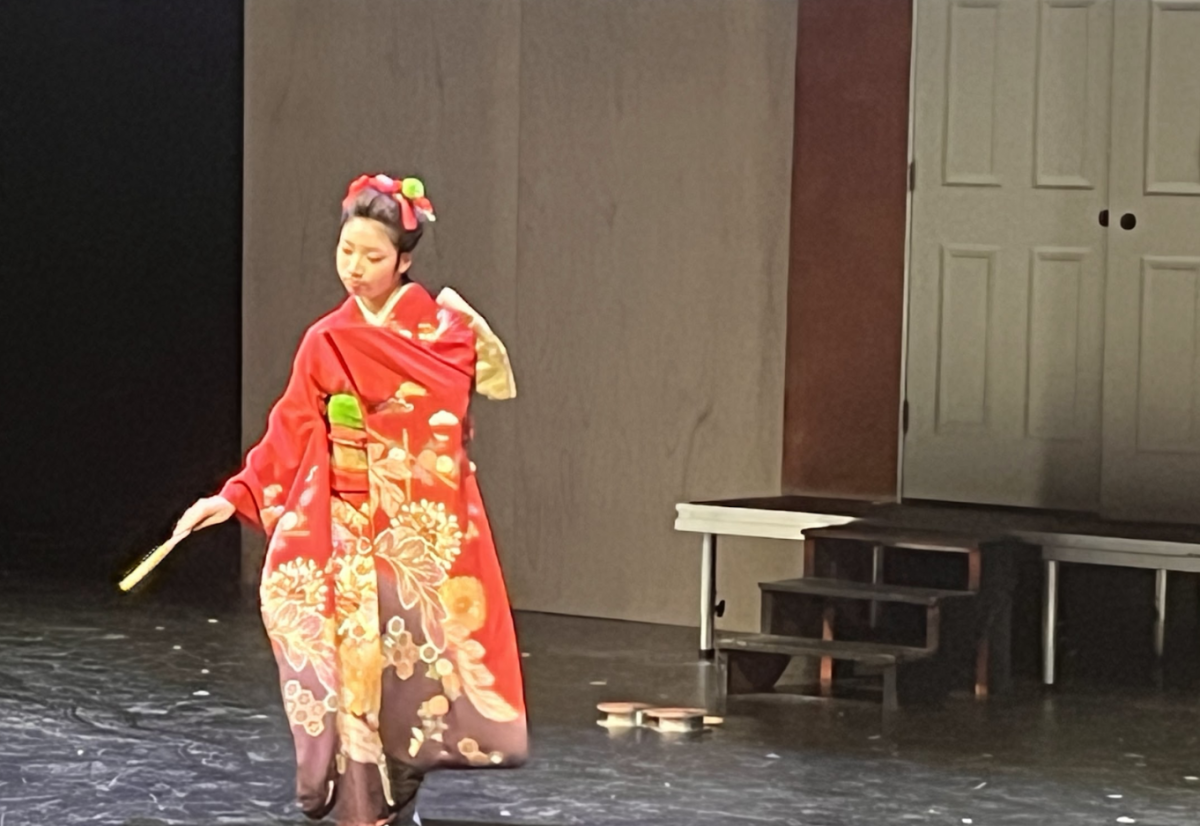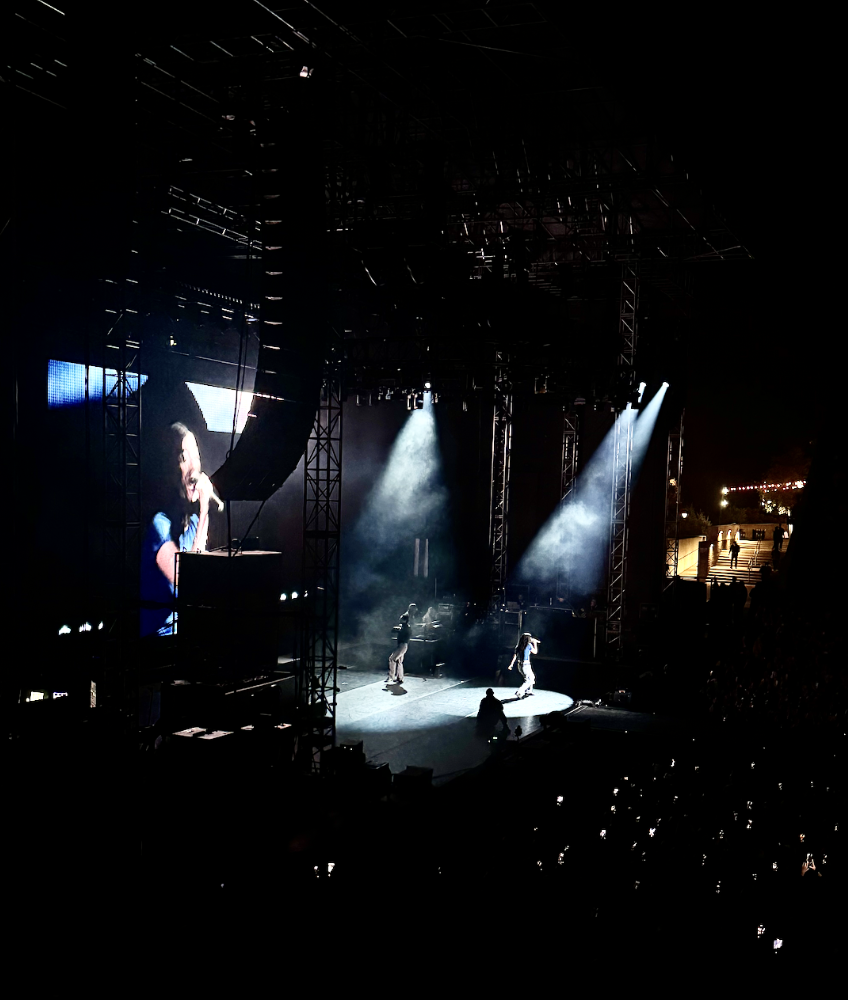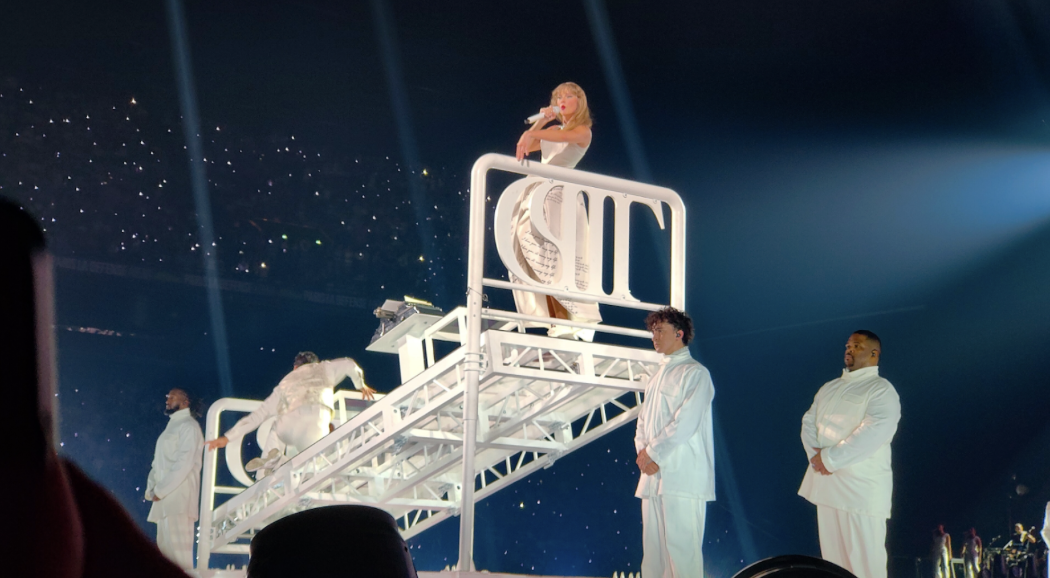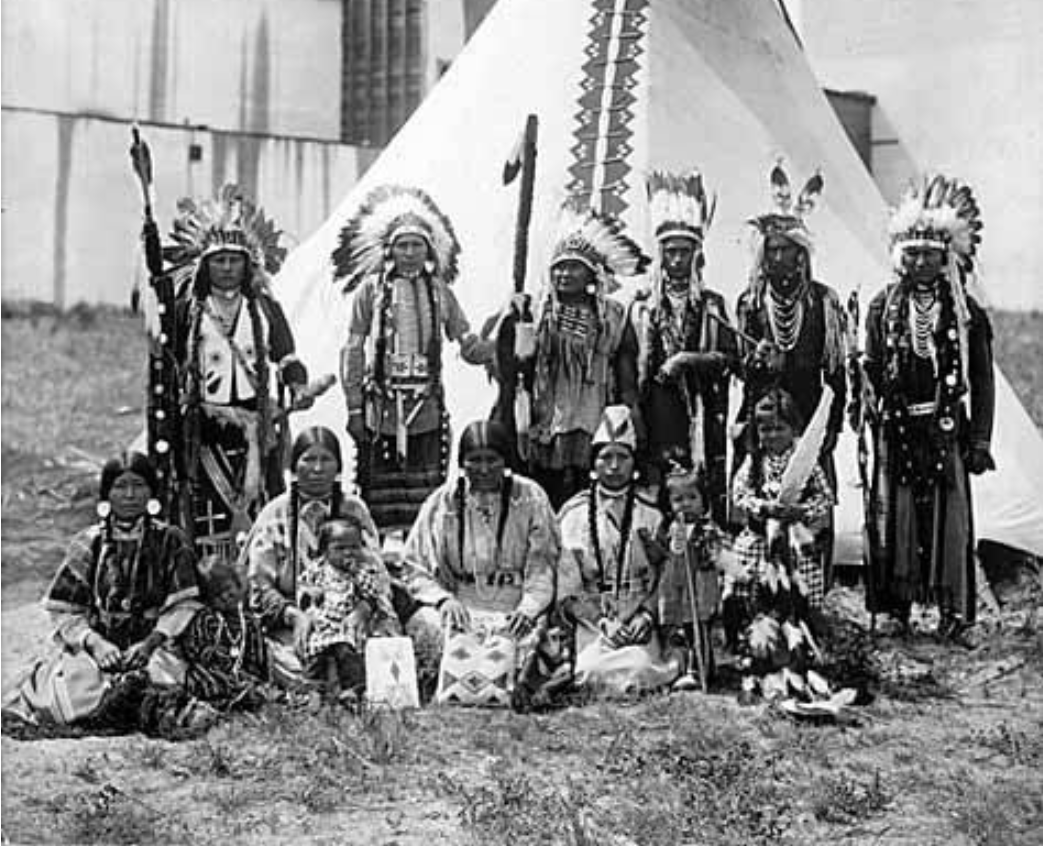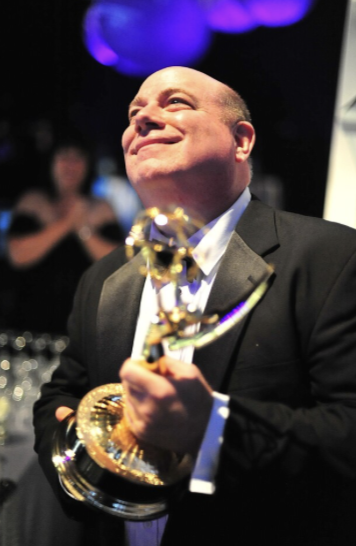Rebecca Kelliher
Editor-in-Chief
The multi-faceted, dizzyingly unique world of Andy Warhol is explored through the lens of music in Warhol Live, an exhibition at the de Young Museum that showcases the quintessential pop artist’s silkscreen paintings, films and sound recordings, illustrations, album covers and photographs inspired by the performing arts and music.
The multimedia exhibit synthesizes the visual and audio senses to offer its viewers a glimpse into the monumental work and life of Andy Warhol — artist, music producer, celebrity night-clubber, devout Catholic and icon.
Warhol Live recreates the artist’s famous Silver Factory, Warhol’s New York City loft decorated with silver paint and tin foil. There Warhol and his favorite “Superstars,” such as Edie Sedgwick, partied and produced artwork. The exhibit also offers visitors an opportunity to experience the musical ambiance of a reproduced Studio 54.
The exhibit highlights Warhol’s relationships with and artworks of such musicians and bands as The Velvet Underground, whom he produced, Bob Dylan, David Bowie, Michael Jackson, Mick Jagger and the Rolling Stones and Aretha Franklin. It includes a collection of the 51 album covers Warhol illustrated, as varied as Diana Ross, Blondie, and Tchaikovsky’s Swan Lake.
Throughout his career as an artist, Warhol strove to turn the mundane and the omnipresent into the iconic and glamorous, from paintings of Coca-Cola bottles and Campbell’s soup cans to those of celebrities and rock stars.
After an early successful career as a commercial artist and illustrator, Warhol utilized his knowledge of the visual rhetoric of advertising and mass media, most notably that of repetition, within his art.
On display in the exhibit is the painting Green Coca-Cola Bottles, in which Warhol deliberately turned an everyday product of American culture into an icon.
“What’s great about this country is that America started the tradition where the richest consumers buy essentially the same things as the poorest. You can be watching TV and see Coca-Cola, and you can know that the president drinks Coke, Liz Taylor drinks Coke, and just think, you can drink Coke, too,” Warhol is recalled saying in one of many quotes displayed on the walls throughout the exhibit.
Warhol understood the power of repetition and used redundancy of images to convey the omnipresence and dominance of symbols of pop culture in American society. The repetition of celebrities’ faces, such as Judy Garland, Elvis Presley and Mick Jagger, in many of Warhol’s works on display in the exhibit reinforces their status as consumer products.
The final image visitors are left with as they leave Warhol Live represents the culmination of Warhol’s vision, genius and musical inspiration — a towering, looming self-portrait accompanied by ominous, Byzantine-like, chanting music. Warhol’s self-portrait evokes images of Christ as the powerful, all-mighty Byzantine Pantokrator.
Warhol has elevated himself to the status of Christ, rewriting the traditional tenants of art as he has done with all of his works, turning the worldly into the iconic once again — only this time not with a can of Campbell’s soup but with his own self.
The music played around this artwork reinforces the connection between Warhol and Christ. Warhol was a reverent Catholic his entire life, and surrounded himself by the same powerful chamber music every Sunday until the day he died in 1987. This music is now played around his self-portrait in the exhibit.
The final room of Warhol Live brilliantly reflects the exhibit’s focus on drawing the powerful link between the pop artist and the music of his life.
Warhol Live continues until May 17 at the de Young Museum in Golden Gate Park. Admission is $20 for adults, $17 for seniors 65 and over, $16 for youth ages 13 to17 and students with ID. The museum is open Tuesday through Sunday, 9:30 a.m. to 5:15 p.m. and on Fridays it is open until 8:45 p.m.



